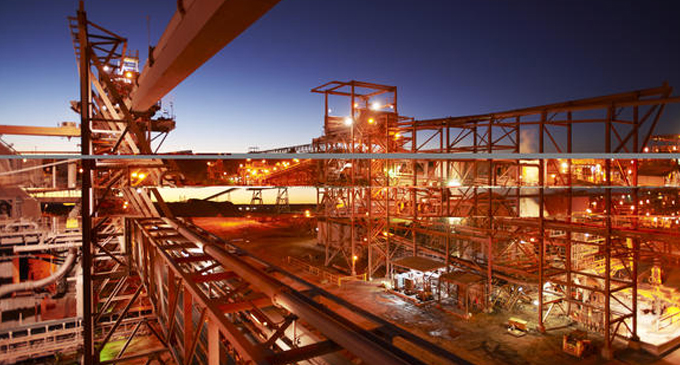Concerns about reliable energy are top of mind in South Australia’s mining sector, following a statewide blackout in September and more power failures during this February’s heatwave.
South Australia has adopted wind energy as part of its strategy for achieving its renewable energy target of 50% clean power by 2025, and zero net emissions by 2050. In addition, Alinta Energy closed the state’s last coal-fired power station at Port Augusta in May last year, saying it could not compete on cost with other energy providers.
The recent challenges have led Andrew Mackenzie, chief executive of mining magnate BHP Billiton, to weigh in on the state’s energy policy. The company’s plans to expand one of Australia’s biggest mining projects, Olympic Dam in South Australia, will not proceed without power security, he warned. Olympic Dam is one of the biggest copper and uranium deposits in the world. The mine also produces gold and silver.
Mackenzie says that BHP lost $105 million at Olympic Dam during the Sept. 28 blackout, which was caused by a severe storm that damaged transmission lines and tanked power output from wind farms. The energy system “needs to be fixed before we would push ahead with a project like that,” he said.
Prime Minister Malcolm Turnbull is advocating for energy storage as a solution to the state’s energy woes. “Batteries are developing, but the big opportunity is in pumped hydro,” Turnbull said, announcing his support for EnergyAustralia’s plan to develop a seawater-based pumped hydro energy storage project in South Australia’s Upper Spencer Gulf. Turnbull has also said the country needs to look at high-efficiency “ultra-super-critical” coal-fired power stations to provide baseload power, and to further investigate the use of clean coal technology and carbon capture.
Read the full article at Nikkei Asian Review.

